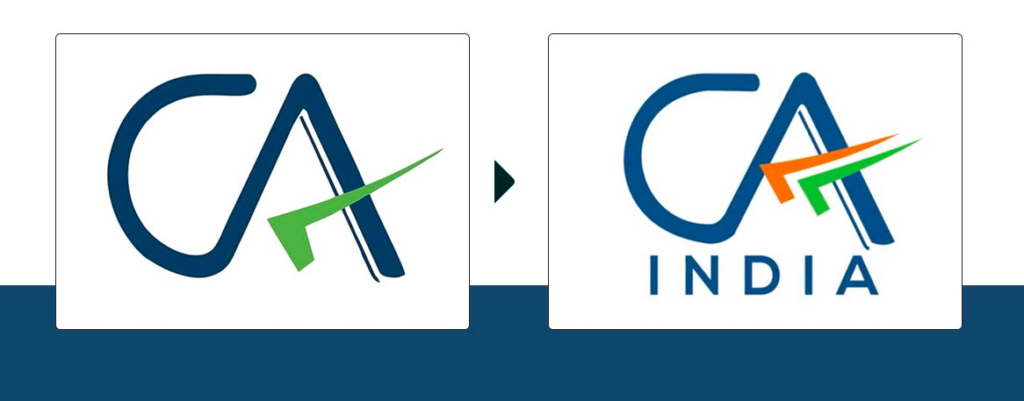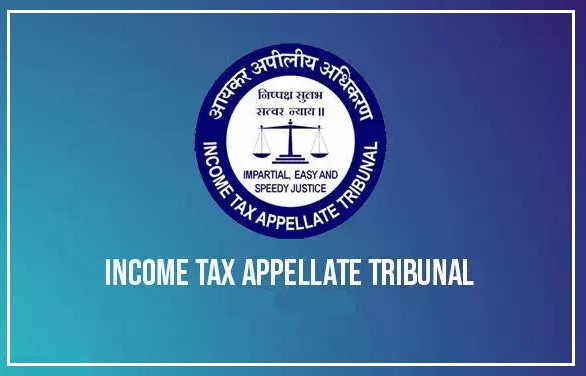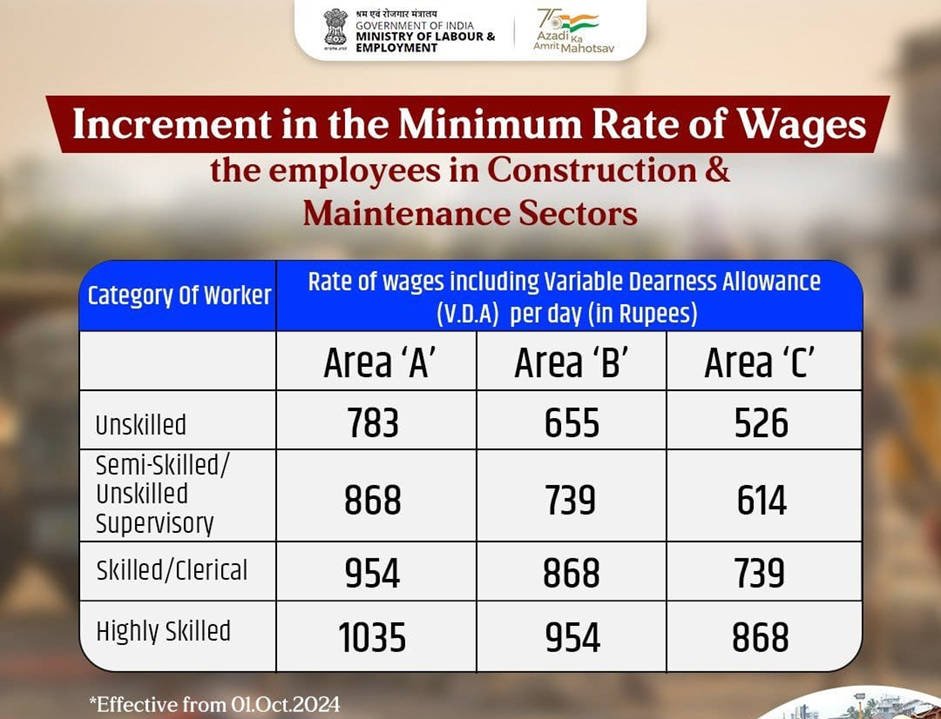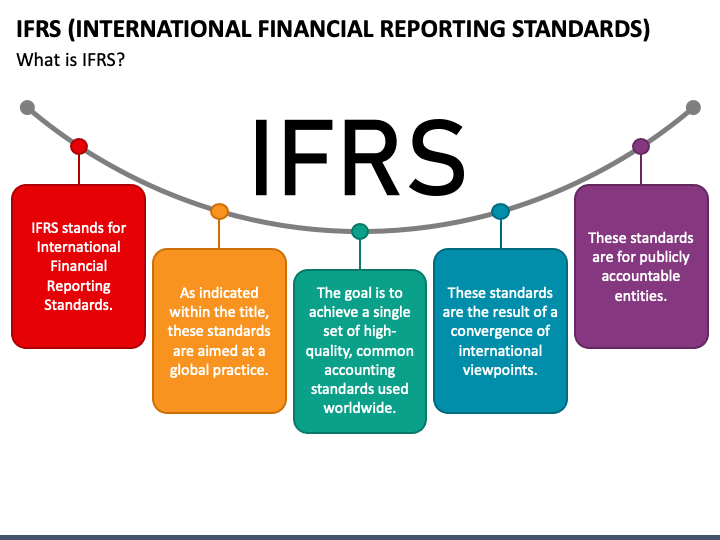Understanding the New TDS Rates for FY 2024-25 | What Businesses Need to Know
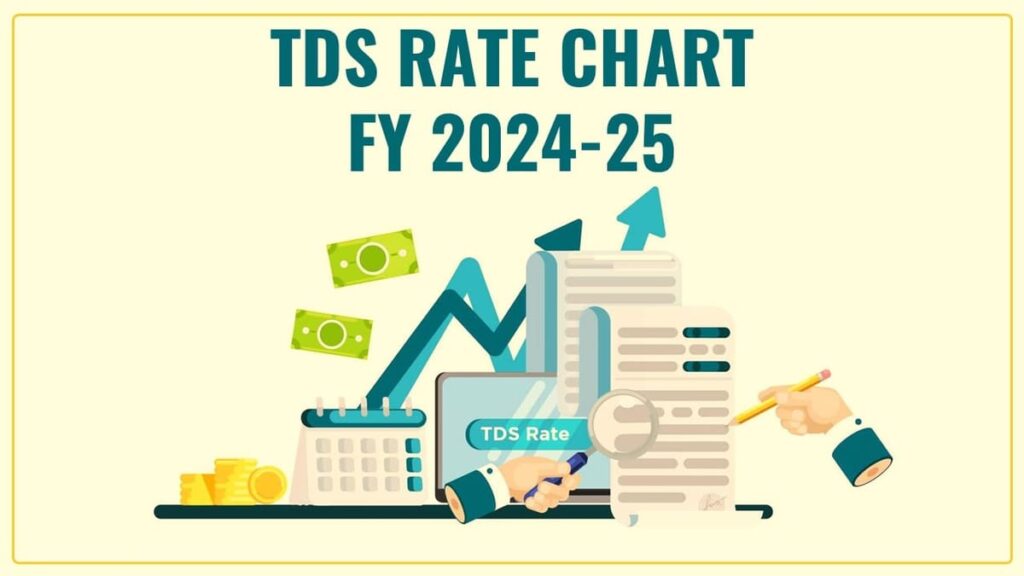
The fiscal year 2024-25 has brought about significant changes in India’s Tax Deducted at Source (TDS) rates. As businesses strive to comply with these updates, it is crucial to understand the new rates and their implications thoroughly. This comprehensive guide aims to break down the new TDS rates, the context behind the changes, and the steps businesses must take to ensure compliance.
Tax Deducted at Source (TDS) is a crucial mechanism in the Indian taxation system designed to collect tax at the source of income generation. This method ensures a steady revenue inflow to the government and promotes early tax collection. For the fiscal year 2024-25, the government has introduced new TDS rates that businesses must adhere to. Understanding these rates is essential for maintaining compliance and avoiding penalties.
Overview of TDS
Contents
TDS is a method of collecting tax on income, dividends, or asset sales by requiring the payer to deduct tax due before making the payment to the recipient. The deducted tax is then deposited with the government. TDS applies to various payments such as salaries, interest payments, commissions, rent, and professional fees.
Key Changes in TDS Rates for FY 2024-25
The government has revised the TDS rates for several categories, reflecting policy changes and economic conditions. The key changes include:
- Increase in TDS rates for high-value transactions.
- Introduction of new TDS rates for certain types of payments.
- Adjustments in thresholds for TDS applicability.
- Changes in compliance procedures and reporting requirements.
Detailed TDS Rates for FY 2024-25
Below is a detailed table of the new TDS rates for FY 2024-25:
| Nature of Payment | Section | Old Rate (%) | New Rate (%) | Threshold Limit |
|---|---|---|---|---|
| Salary | 192 | Slab rates | Slab rates | N/A |
| Interest on securities | 193 | 10 | 12 | ₹10,000 |
| Dividends | 194 | 10 | 15 | ₹5,000 |
| Contractor Payments | 194C | 1 (individual) / 2 (others) | 1.5 (individual) / 3 (others) | ₹30,000 (single payment) / ₹1,00,000 (aggregate) |
| Rent | 194I | 2 (plant/equipment) / 10 (land/building) | 3 (plant/equipment) / 12 (land/building) | ₹2,40,000 |
| Professional Fees | 194J | 10 | 12 | ₹30,000 |
| Purchase of Goods | 194Q | 0.1 | 0.2 | ₹50,00,000 |
| Transfer of Immovable Property | 194IA | 1 | 1 | ₹50,00,000 |
Implications for Businesses
The revised TDS rates have several implications for businesses:
Increased Tax Burden
Higher TDS rates on certain transactions, such as dividends and contractor payments, mean that businesses need to manage higher tax deductions. This could impact cash flow, particularly for small and medium enterprises.
Enhanced Compliance Requirements
With the introduction of new TDS rates and changes in thresholds, businesses must update their accounting and payroll systems to ensure accurate TDS deduction and reporting. Failure to comply can result in penalties and interest charges.
Cash Flow Management
The increase in TDS rates necessitates better cash flow management. Businesses must forecast their tax liabilities accurately and ensure sufficient funds are available for timely tax payments.
Compliance Requirements
To comply with the new TDS rates, businesses must:
Update Accounting Systems
Ensure that accounting software and systems are updated to reflect the new TDS rates and thresholds. This update is crucial for accurate tax deduction and reporting.
Train Accounting Personnel
Conduct training sessions for accounting and payroll personnel to familiarize them with the new TDS rates and compliance requirements. Proper training ensures accurate implementation and reduces the risk of errors.
Regular Review and Audit
Implement regular review and audit processes to verify the accuracy of TDS deductions and compliance. Regular audits help identify and rectify discrepancies promptly.
Timely Deposits and Returns
Ensure timely deposit of TDS with the government and file returns as per the prescribed due dates. Delays can attract penalties and interest charges.
Common Challenges and Solutions
Understanding the New Rates
Challenge: Businesses may find it challenging to understand and apply the new TDS rates correctly.
Solution: Engage with a tax consultant or use reliable accounting software that is regularly updated with the latest tax regulations.
Managing Cash Flow
Challenge: Higher TDS rates can strain cash flow.
Solution: Implement robust cash flow management practices, including regular forecasting and maintaining a buffer for tax payments.
Ensuring Compliance
Challenge: Keeping up with the latest compliance requirements can be daunting.
Solution: Regular training and updates, along with the use of compliance management tools, can help stay on top of requirements.
Conclusion
The new TDS rates for FY 2024-25 bring significant changes that businesses must navigate to ensure compliance. By understanding the new rates, updating accounting systems, training personnel, and implementing regular reviews, businesses can manage the transition smoothly. Proper cash flow management and timely compliance are essential to avoid penalties and ensure a healthy financial standing.



